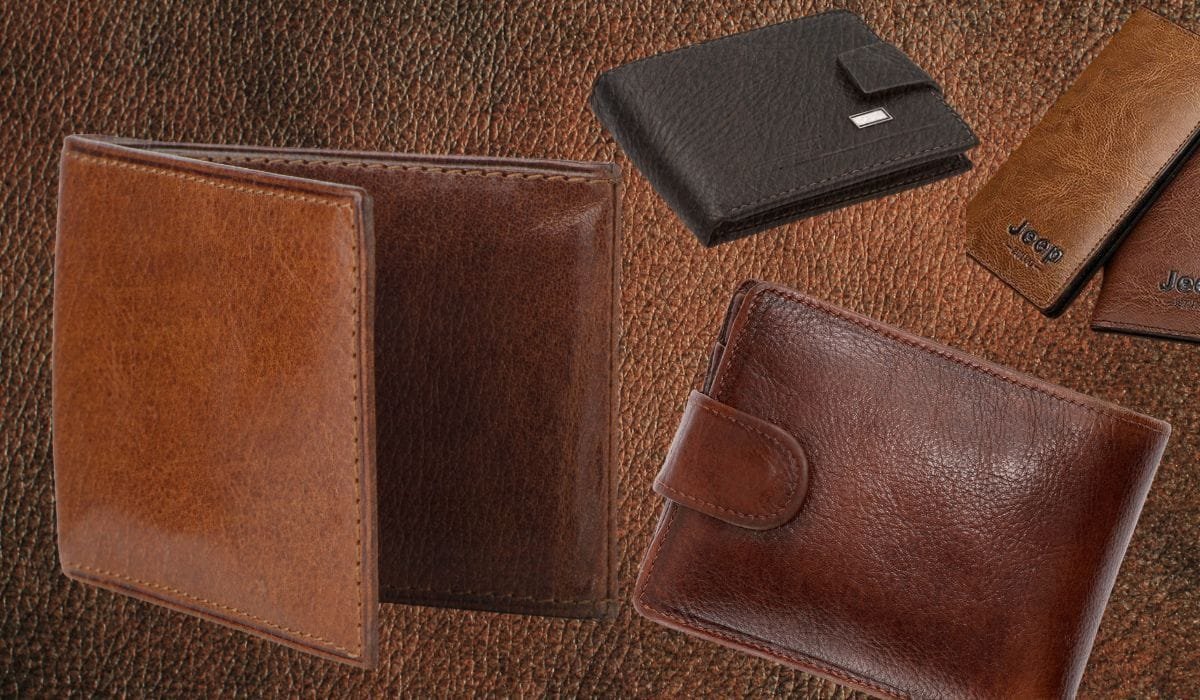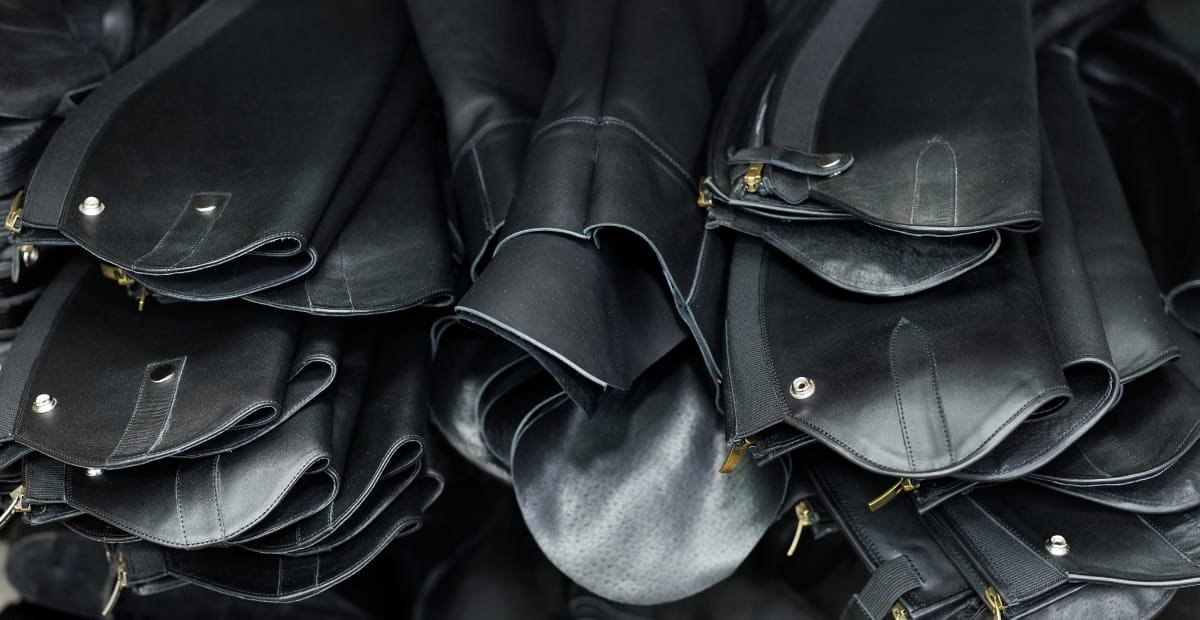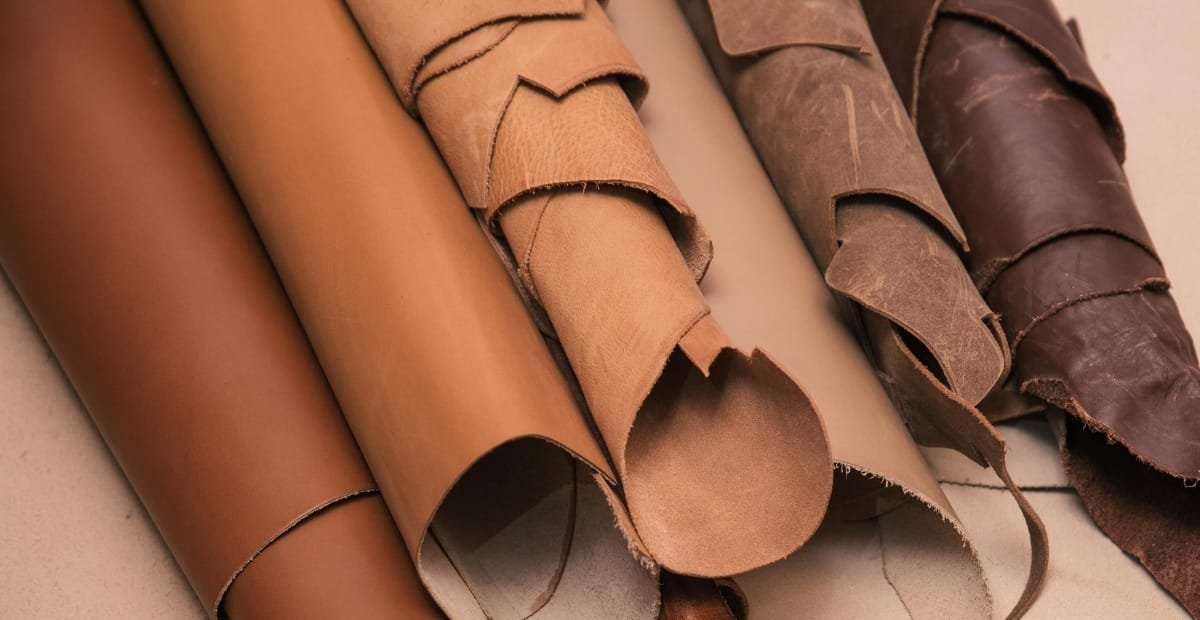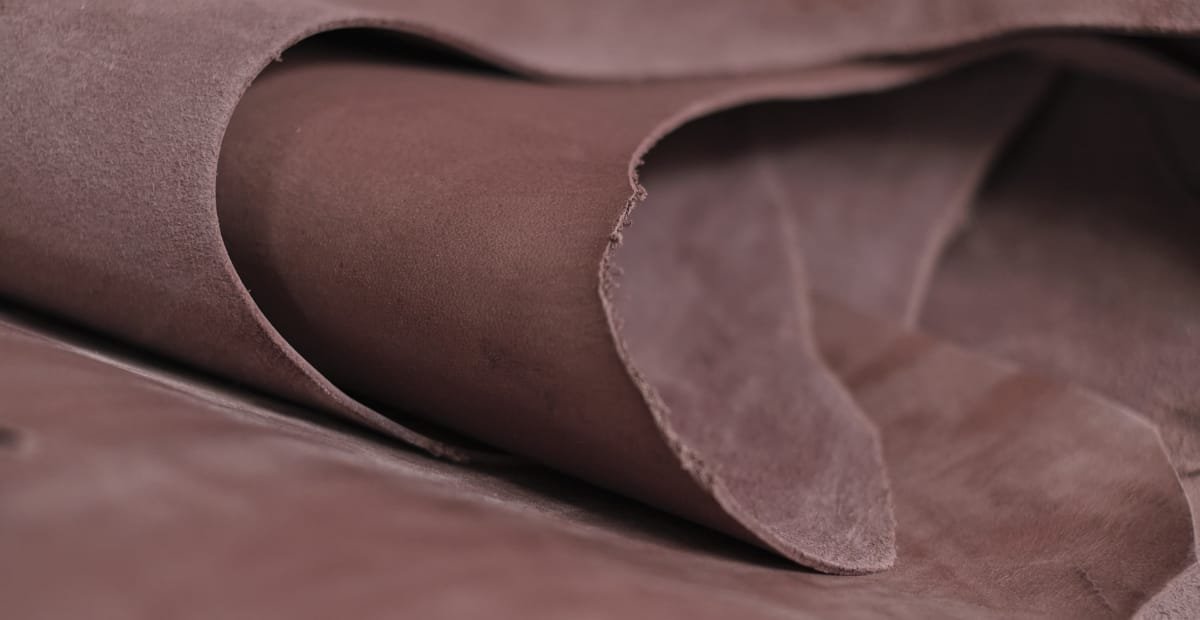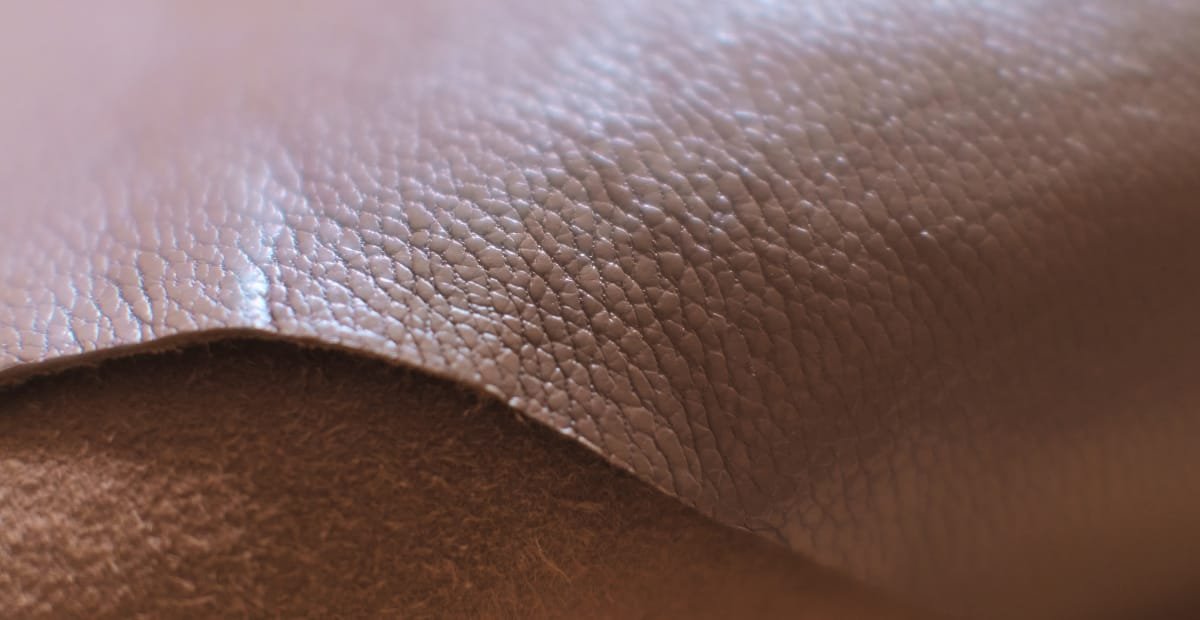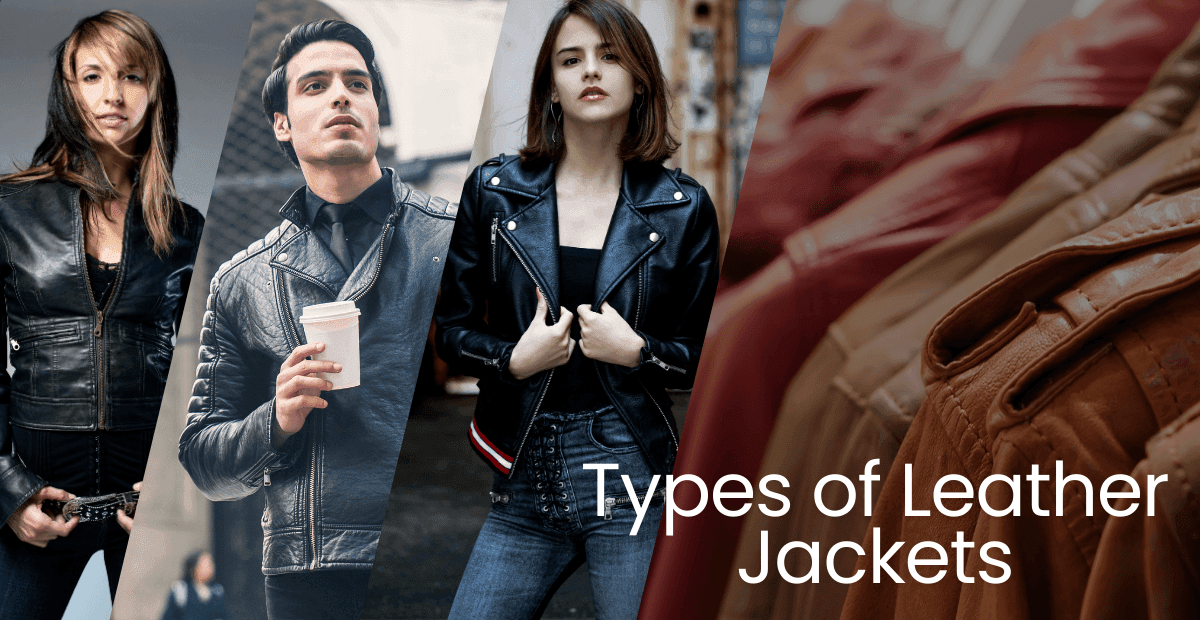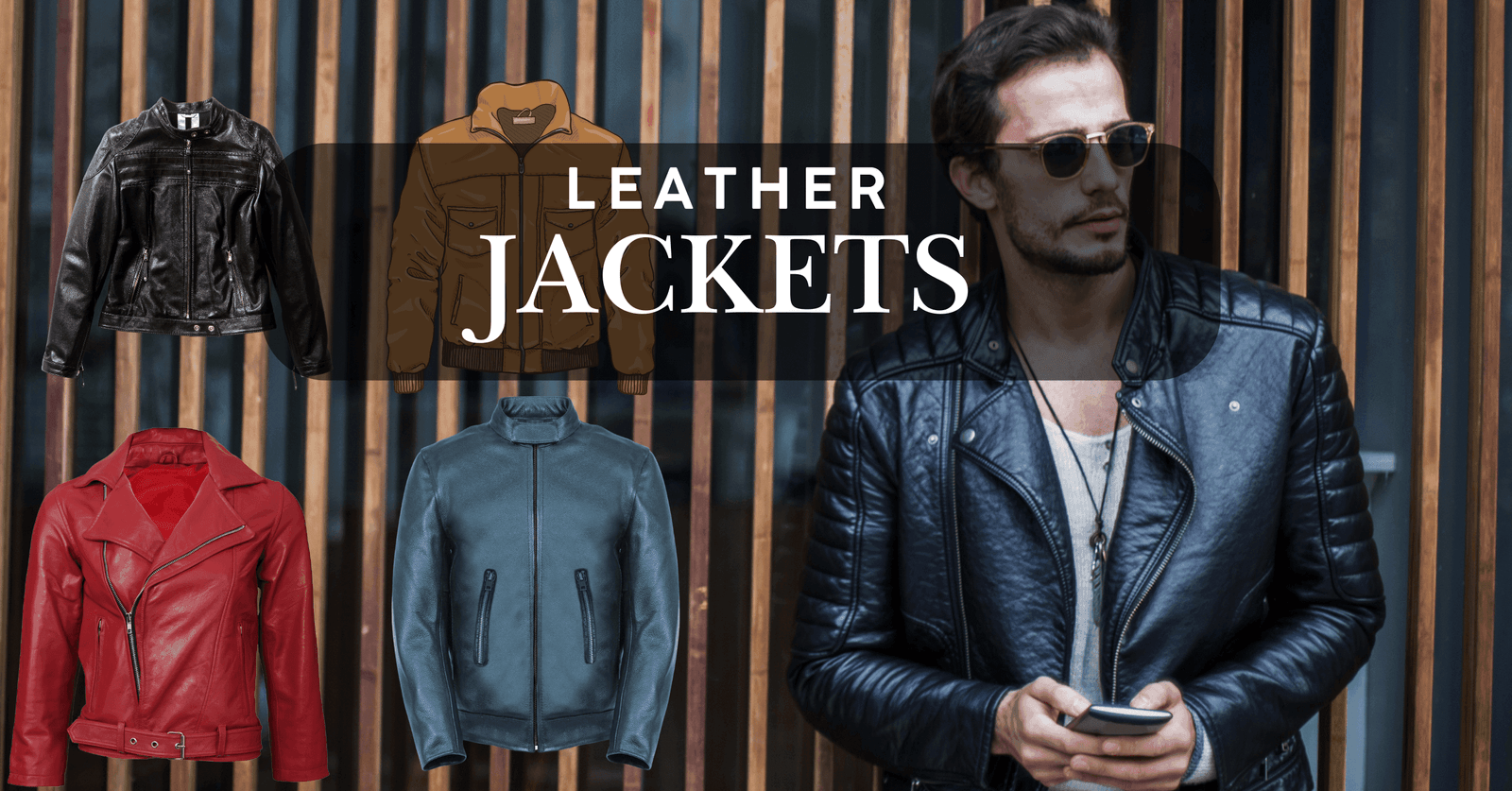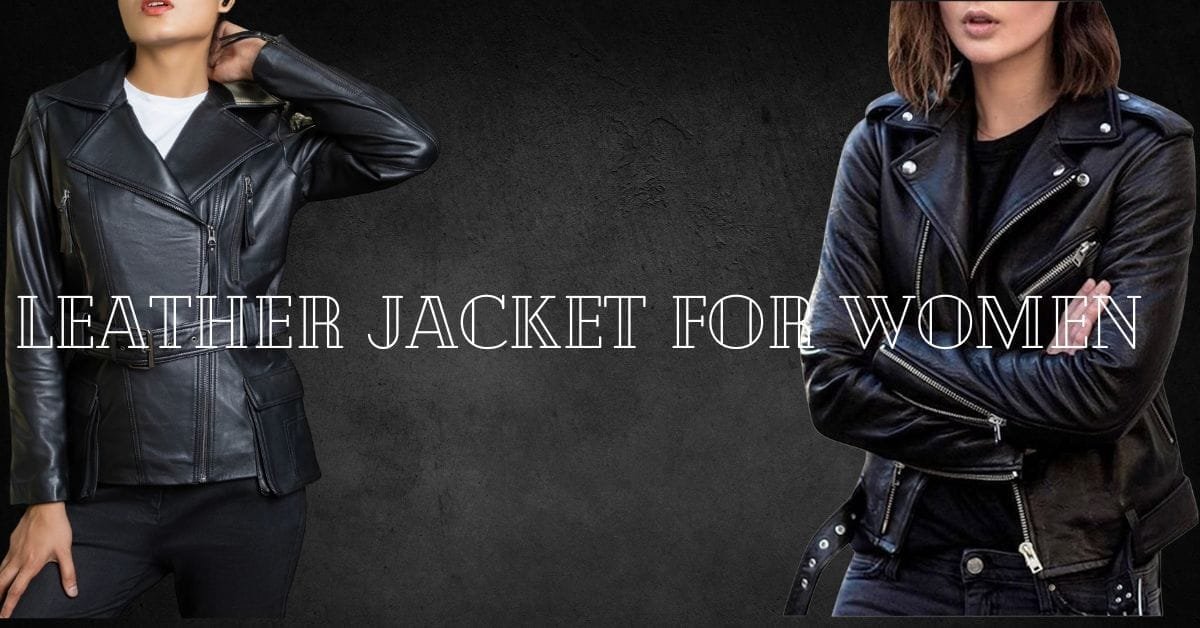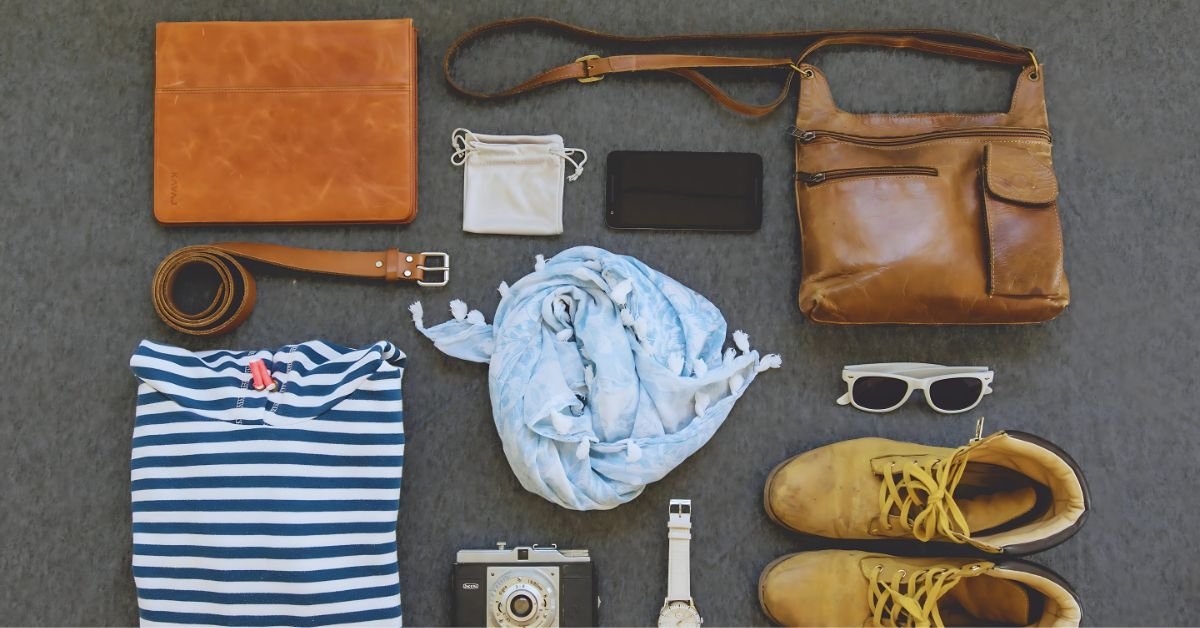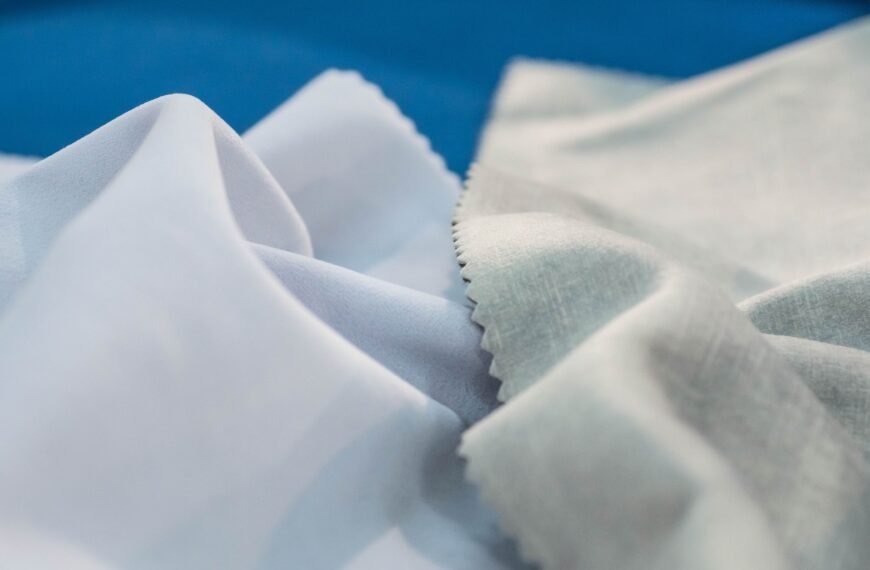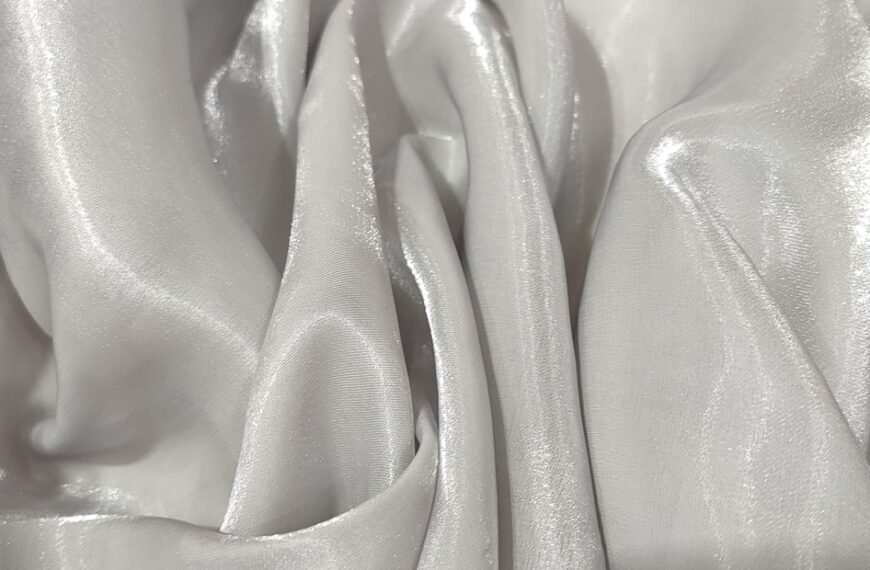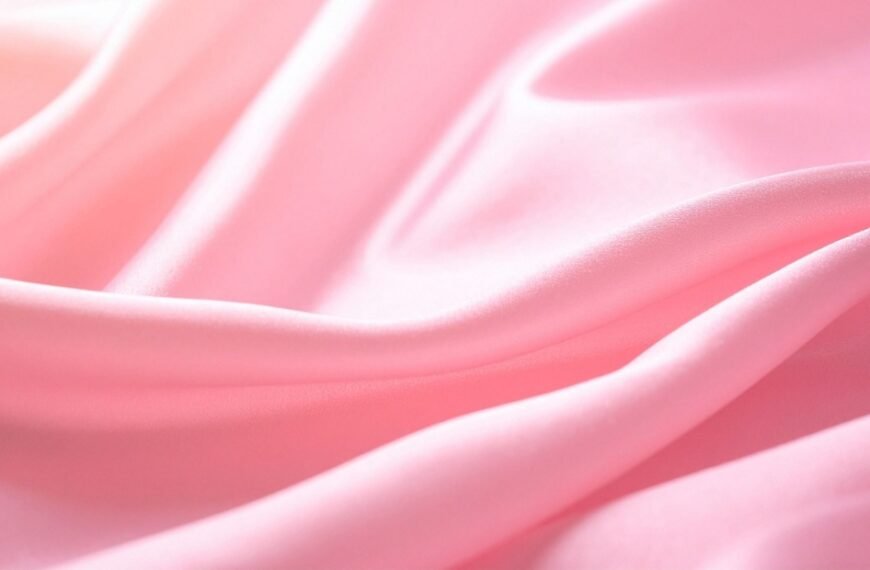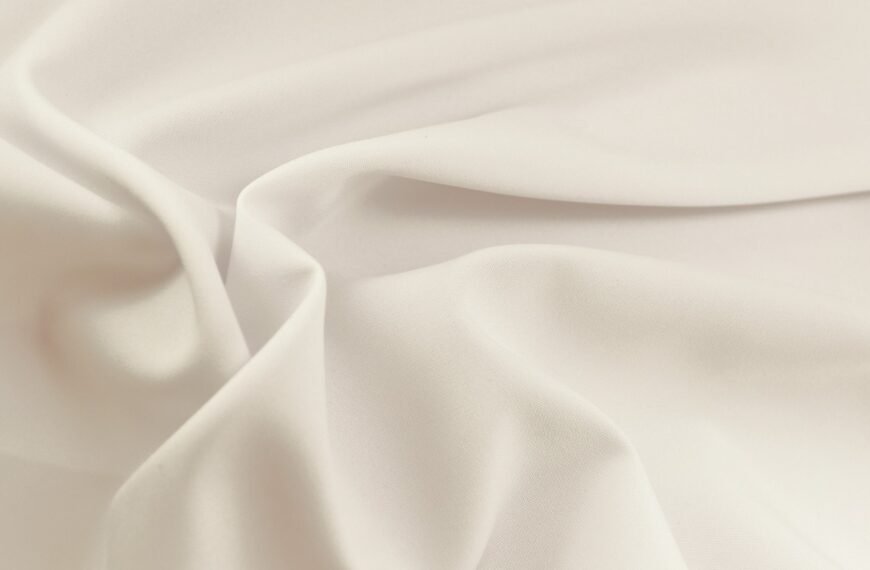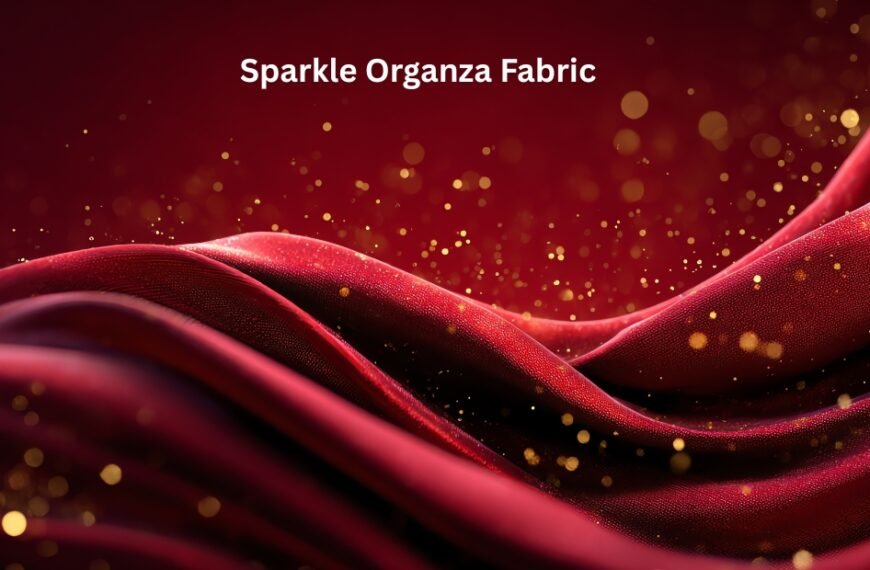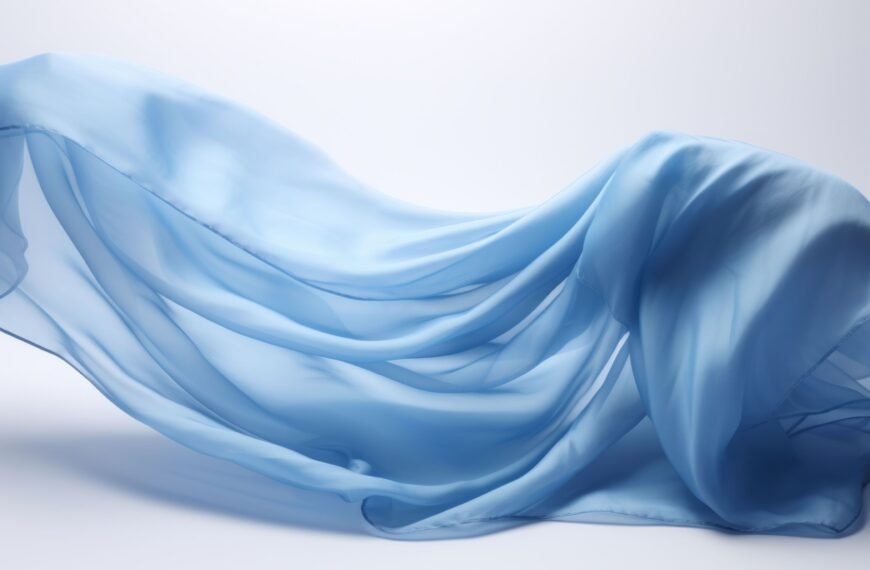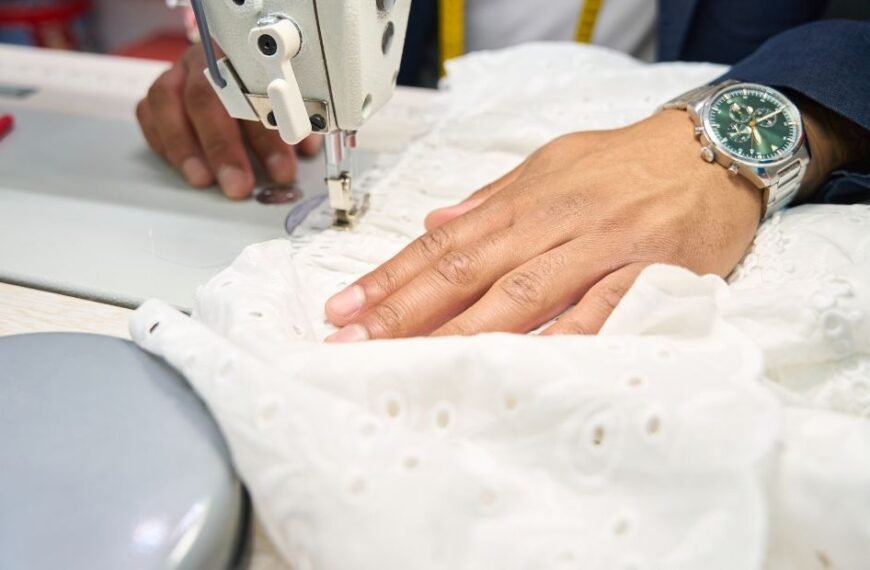Introduction: What to Consider When Choosing Leather Wallets
Apart from holding cash, IDs, and cards, wallets also tend to carry sentimental items and therefore is an important accessory for everyday life. Luxury leather wallets are not only stylish but also serves to age beautifully while withstanding wear. Selecting the best leather for wallets is very important because it determines the wallet’s functionality and durability. This guide seeks to uncover the various types of leather and how each one’s properties can be taken care of for lasting beauty.”
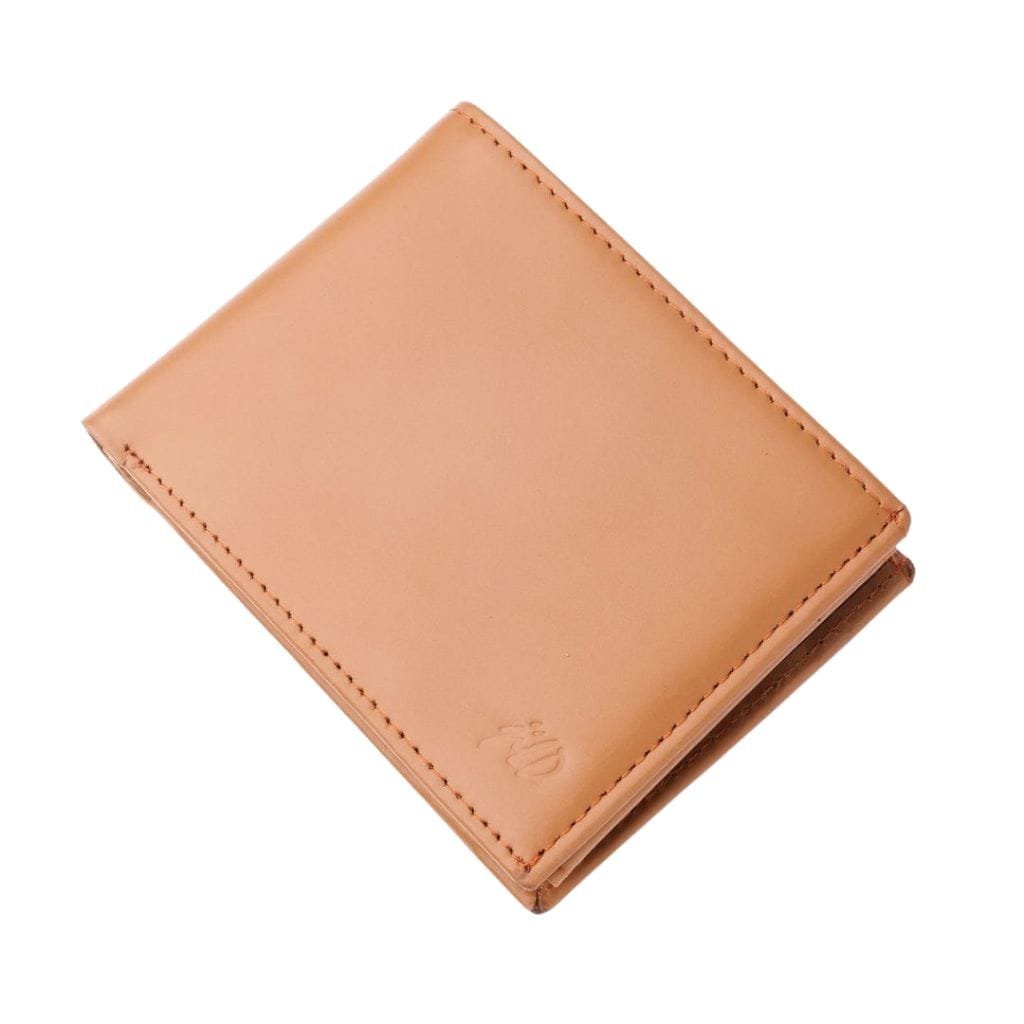
Table of contents
- Introduction: What to Consider When Choosing Leather Wallets
- Top-Grain Leather: Finding The Perfect Combination of Quality & Features
- Genuine Leather: A Cost Effective Option
- Vegetable Tanned Leather: An Eco-Friendly Option For Everyone
- Chrome-Tanned Leather: Gentle and Adaptable for the Contemporary Wallets Industry
- Oil Tanned Leather: Leather That’s Durable and Water Resistant At the Same Time
- How to Take Care of Leather Wallets
- Final Words: Dissecting the Best Leather Selection For Wallets
- FAQs
Full-Grain Leather: The Best Leather for Wallets
Full-grain leather is the highest-quality leather available. It comes from the top layer of the hide, retaining the natural grain. Because it undergoes minimal processing, it maintains its original strength and durability. This type of leather is known for its ability to develop a rich patina over time, giving wallets a timeless, sophisticated look.
Full-grain leather is also highly resistant to moisture and daily wear. It may feel stiff at first but softens with use, molding to your needs. High-end brands use full-grain leather for premium wallets due to its unmatched longevity and superior aesthetic appeal.
Pros of Full-Grain Leather Wallets
- Most durable leather type
- Develops a beautiful patina over time
- Resists moisture and daily wear
- Looks more luxurious with age
Cons of Full-Grain Leather Wallets
- More expensive than other leather types
- Initially stiff and requires break-in time
Top-Grain Leather: Finding The Perfect Combination of Quality & Features
“Top-grain leather” is another alternative option for your wallets. It is cut from the hide of the animal and is more processed than the full grain leather. The top most layer is sanded off to remove blemishes which results in a smoother overall appearance. This makes top grain leather more homogeneous in appearance, but much less durable.
Most luxury brands go for top-grain leather since it is sophisticated and has a higher quality than full-grain leather, as it is softer and more flexible. It is also less prone to stains which is perfect for business individuals who want a wallet that looks great but doesn’t require too much maintenance.
Pros of Top-Grain Leather Wallets
- High-quality and more affordable than full-grain leather
- Softer and more flexible
- Stain-resistant with a smooth finish
Cons of Top-Grain Leather Wallets
- Less durable than full-grain leather
- Doesn’t develop a patina as well
Genuine Leather: A Cost Effective Option
Genuine leather is produced from the inner parts of animal skin. It is leather, but does not withstand daily usage like full-grain or top-grain leather. Many producers and manufacturers bond several layers of hides together and coat the surface leather to improve its presentation.
Genuine leather is more appealing in terms of pricing, however, it sustains degradation at a much more rapid pace and lack the ability to develop a desirable patina with time. In any case, it provides a satisfactory enduring wallet for those who do wish to get value for their money.
Pros of Genuine Leather Wallets
- Affordable and widely available
- Looks decent when new
Cons of Genuine Leather Wallets
- Less durable and prone to cracking
- Wears out faster than full-grain or top-grain leather
Exotic Leathers: Luxurious Options for Premium Wallets
Exotic leathers add uniqueness and sophistication to wallets. These include:
- Crocodile Leather – Highly durable and luxurious, known for its distinct pattern.
- Ostrich Leather – Soft, flexible, and features a unique quill pattern.
- Snake Leather – Eye-catching with a scaly texture, but delicate and high-maintenance.
- Eel Leather – Incredibly soft and smooth but requires careful handling.
Exotic leathers are expensive but offer unparalleled elegance. However, buyers should ensure ethical sourcing and sustainable practices before purchasing exotic leather wallets.
Pros of Exotic Leather Wallets
- Unique textures and patterns
- Premium luxury appeal
Cons of Exotic Leather Wallets
- Expensive
- Requires special care and maintenance
Vegetable Tanned Leather: An Eco-Friendly Option For Everyone
Leather that is tanned with bark from particular trees or plants is referred to as vegetable-tanned leather. This eco-friendly approach betters the warmth without compromising on durability. Vegetable-tanned wallets feel stiff when new, but become softer as they’re used.
One of them is its capacity to acquire an intense patina, which is a beautiful trademark of age. Sadly, with age patina comes the need for further maintenance to avoid dents and dry skin.
Pros of Vegetable-Tanned Leather Wallets
- Environmentally friendly tanning process
- Develops a rich patina over time
- Strong and durable
Cons of Vegetable-Tanned Leather Wallets
- Prone to water stains
- Requires more maintenance
Chrome-Tanned Leather: Gentle and Adaptable for the Contemporary Wallets Industry
The basic elements of fashion industry also include versatility and flexibility which is effectively offered by chrome-tanned leather. This type of leather is produced by using chromium salts. It is highly used in specific fashion wallets due to chrome leathers variety of colors and finishes.
While chrome leather is said to have the least durability when compared to vegetable tanned leather, its lower amount of resistance to stretching and softness consistently makes it an attractive option for modern wallets.
Pros of Chrome-Tanned Leather Wallets
- Soft and flexible
- Available in many colors and finishes
Cons of Chrome-Tanned Leather Wallets
- Less eco-friendly due to chemical tanning
- Doesn’t age as well as vegetable-tanned leather
Oil Tanned Leather: Leather That’s Durable and Water Resistant At the Same Time
Oil tanned leather is treated using wax and oil making it water resistant. The process gives it a soft touch while retaining comfort and durability. For those seeking a pliable and weather resistant wallets, oil tanned leather is a perfect choice.
Pros of Oil-Tanned Leather Wallets
- Water-resistant and flexible
- Soft to the touch
Cons of Oil-Tanned Leather Wallets
- Can feel greasy if not maintained properly
How to Take Care of Leather Wallets
Cleaning Habitually
Take a soft cloth and wipe your wallet periodically. Anything harsh should be avoided and stains will require a damp cloth.
Conditioning Leather
Using leather conditioner regularly ensures that there is no drying out, allowing for flexibility along with good appearance.
Storing Correctly
Ensure that you keep your wallet in a cool and dry area. Sunlight and excess moisture will be damaging for leather.
Careful Usage
Limit excessive stuffing or bending. If overloaded, the wallet will go through too much stretching and wear.
Final Words: Dissecting the Best Leather Selection For Wallets
Choosing the right leather for wallets alongside their aesthetics will guarantee the best durability. Both Full-grain leather and vegetable-tanned leather offer durability over time. Chrome-tanning and oil tanning options are great for flexibility. As well as exotic hides for a hint of class. Combining all these constituents of durability, looks and maintenance yield the perfect wallet. A stylish and enduring accessory for any occasion with the guarantee of investment in a quality leather. Read More: History of Leather: Evolution from Tradition to Trend
FAQs
Full-grain leather is the best due to its durability and natural beauty.
Vegetable-tanned and full-grain leather last the longest when properly maintained.
Genuine leather is decent but not as durable as full-grain or top-grain leather.
